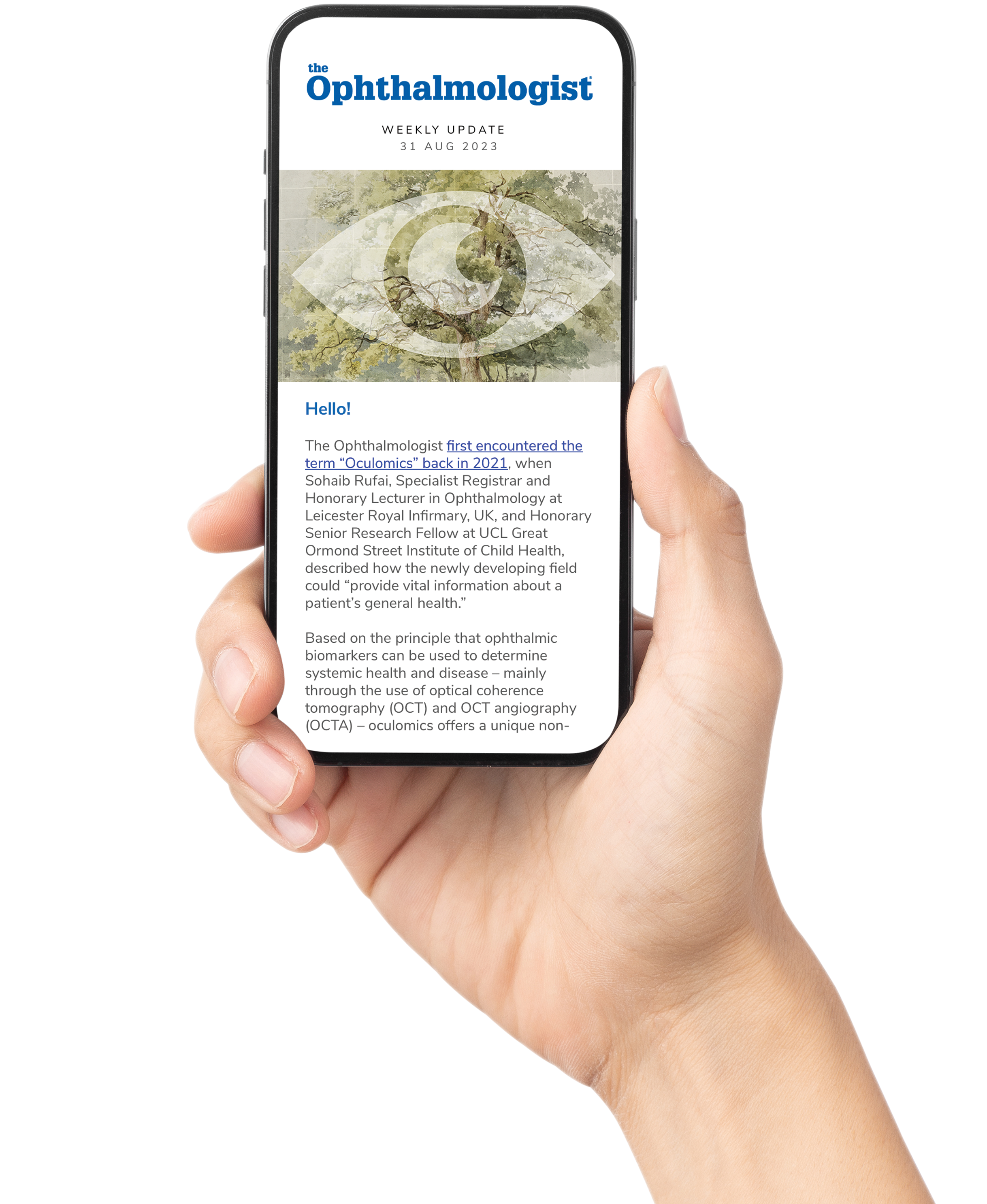
Victor L. Perez is an established clinician and science investigator in the field of ocular immunology and ocular surface diseases, and Director of the Foster Center for Ocular Immunology at Duke University School of Medicine in Durham, NC, USA.
Here, Perez presents a case study – the first of a series – exploring how InflammaDry® was a key factor in diagnosing a patient’s dry eye disease.
InflammaDry® is the first commercially available, rapid result, in-office test that detects elevated levels of inflammatory marker MMP-9, helping identify ocular surface inflammation without bias. For patients suffering from dry eye, the answer it provides represents the missing piece of the puzzle.
Background
The patient is a 64-year-old accountant with no relevant medical or ocular history. He presented to the clinic having experienced fluctuating ocular irritation, discomfort, and redness for over two years, with worsening symptoms during winter. He has previously tried Meibomian gland dysfunction treatments and artificial tears without successful results. He has also been experiencing occasional morning joint pain, and stiffness in his hands.
Diagnosis
We performed a range of point-of-care tests, revealing the following:
OSDI questionnaire score: 41 (moderate)
Osmolarity OD: 302; OS: 297 (borderline)
Corneal staining: null (see Figure 1)
Schirmer’s testing: positive
Minor Meibomian gland dysfunction (see Figure 2)
Slight decrease in tear break-up time


The challenge here lies with having a patient who complains of moderate dry eye symptoms, but presents absent to mild signs of both evaporative and aqueous deficient dry eye during the exam. We therefore performed MMP-9 testing to assess the presence of inflammation on the ocular surface; the result: positive bilaterally.
Intervention and treatment
The patient was treated with cyclosporine ophthalmic emulsion (Restasis®) 0.05%, along with preservative-free artificial tears, and lid hygiene measures.
The role of MMP-9
Regardless of the initiating etiology, the consequent pathophysiology involves a cascade of inflammation that causes ocular surface damage, leading to the signs and symptoms of dry eye that the patient experienced. One of the most validated ocular surface inflammation markers is MMP-9, which can be identified by the InflammaDry® device (Quidel Corporation, San Diego, CA, USA).
The role of MMP-9 testing in this scenario is crucial; it allows the physician to objectivize the presence of an inflammatory component and to select a specific treatment. MMP-9 positivity encourages the use of anti-inflammatory therapy to regulate the ocular surface inflammatory vicious circle that causes fluctuating dry eye symptoms and signs. The positive result in this case explains why the patient’s previous treatment with only artificial tears had no effect on his symptoms.

MMP-9 testing also helps skeptical patients to comprehend why antiinflammatory medication is beneficial, and enhance compliance with medications and follow-up visits.
Patient outcome
Five months after his initial visit, the patient was responding well to treatment. His OSDI questionnaire score dropped to 13, indicating dramatic symptomatic improvement. Schirmer’s testing and tear break up time increased to normal/borderline values, and his other parameters were stable.
Download the Case Study as a pdf
View all InflammaDry® cases studies



